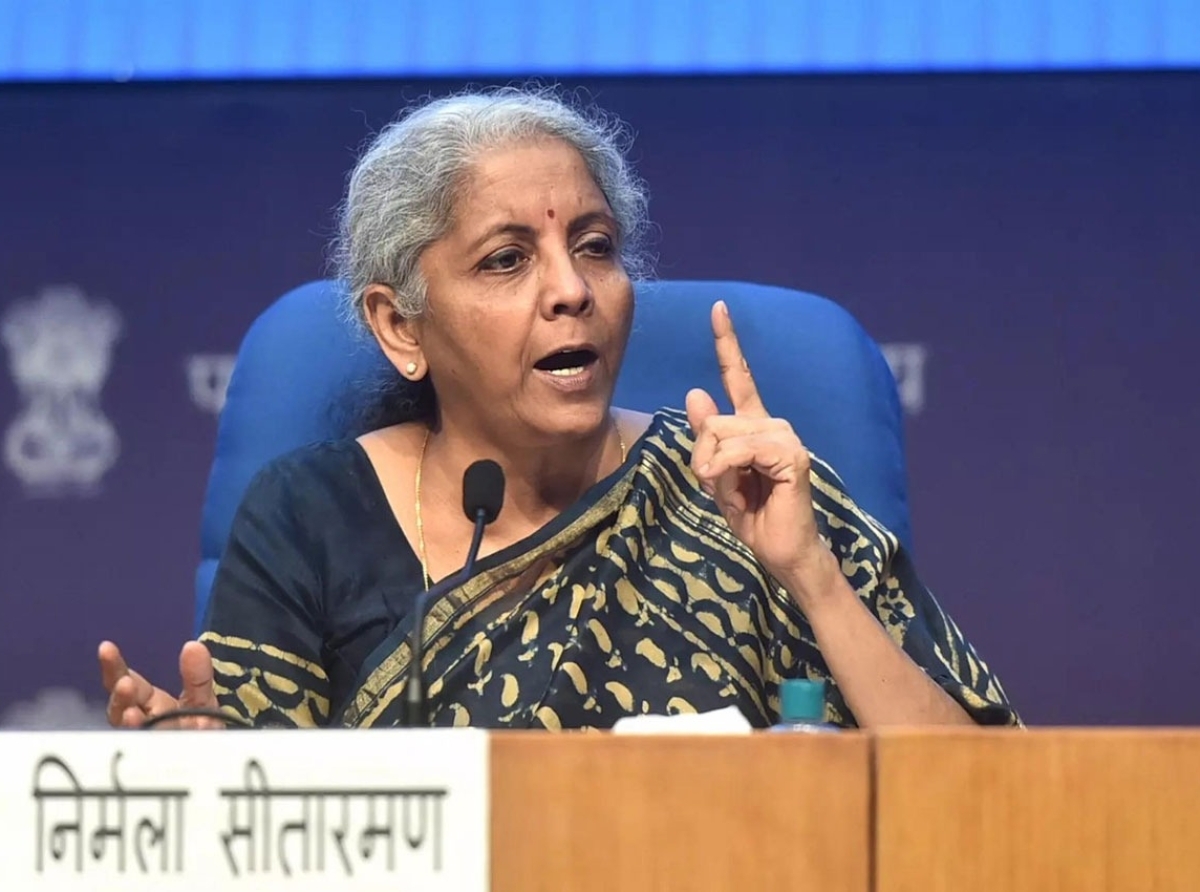Union Budget 2023: Textile industry story of 'Resilience To Resurgence'

01 February 2023, Mumbai
India is one of the world's top nations that contributes considerably to the global textile industry. India is the biggest exporter of cotton and the world's most extensive fiber producer away from China. Through the years Its garment and textile (T&C) exports have consistently increased.
Union Budget simplified for readers
Takeaways
Context setting;
India gets its moment in the sun!
Union budget 2023 theme; Green Growth re-emphasizing its commitment to Budget 2023 to give impetus to green growth underlying the theme of business models to factor in the social cost of carbon from now on with the emergence of carbon taxes/carbon policy intervention in some advanced nations on the background thus, throwing economic opportunities for the businesses.
A budget that has laid the foundation for sustained growth in the coming years and, balances growth with fiscal prudence. This one is all about the 3Cs CAPEX, Consumption & Credit.
Indian textile industry has been the epitome of ''Resilience To Resurgence" all thanks to better handling of the pandemic by Indian authorities.
Union Budget 2023, which is the last full budget before the general elections were presented by Finance Minister Nirmala Sitharaman, and focuses on increasing the production and export of textiles in India.
Path-breaking interventions; The budget proposes to set up a comprehensive national program for handloom and handicrafts, including a scheme for their development and promotion. Additionally, a National Technical Textiles Mission will be launched to promote technical textiles in areas such as agriculture, construction, and healthcare.
Budget thrust; In order to encourage the growth of textile industries in the country, the government has allocated a significant amount of funds for the development of the sector as this sector has to make not only for this country but for the rest of the world and, thus needs to make it competitive.
Decoding; In her Budget speech, Nirmala Sitharaman alluded unequivocally that," Interestingly one of biggest revelation was an extraordinary sized technical textiles imports to the extent of around USD 16 billion per annum is highly disturbing given that, India is a textile magnate and already is well aligned to the (GSCs) global supply chains endowed with plentiful of raw materials besides, having a reasonably good textile manufacturing heft, robust domestic market available consumption and required knowhow.
The allocation of Rs. 3,380 crores which indeed is not a conservative estimate for the integrated scheme for the development of the silk industry, Rs. 2,500 crores for the scheme for the promotion of production and export of handicrafts, and Rs. 1,480 crores for the scheme for the development of handlooms will aid the growth of the sector.
Furthermore, the most compelling part is that the budget also proposes the setting up of an Rs. 10,000 crore fund to support the MSME sector in the textile industry, which is a significant contributor to the country's economy. The fund will provide easy and low-cost access to credit for the MSMEs in the textile sector and the numbers look good.
The sector gets a shot of hope amid the gloom
The Union Budget 2023 captures the spirit of employment generation and has several provisions to promote the textile sector's growth in India. The allocation of funds and the launch of new schemes will create a positive impact on the industry, increase production, and boost exports.
The globe comes to India
Dialing now into a nation the globe wants to listen to
Considering that Opportunity Knocks on the Indian Doorstep; With China Plus one, in turn, will contribute to the overall growth of the Indian economy 'Winners & Loosers' India's rise "Beyond'+1" is credible; as India becomes a serious player in the global textile economy.
In conclusion
Different strokes for different folks
In short, it is a bottoms-up budget where the development has been taken down to the grass root level. There is a growing recognition amongst some global economists that Post-Covid China is started to lose manufacturing supremacy and India to become a global manufacturing hub by the year 2030.
Crafting a budget quite certainly is a science and art giving a push to inclusive growth and is likely to give a thrust to the textile sector as this sector always has a multiplier impact on employment generation.
Broadly the budget is anchored in development as well as growth taking a holistic view of the green/clean energy transition on its journey to the nation's sustainable development model and on the whole, well delivered as job creation is the middle name of today's budget and the government is not done yet.
























